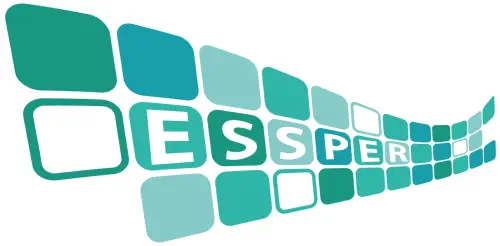Associazione ESSPER
periodici italiani di economia, scienze sociali e storia
periodici italiani di economia, scienze sociali e storia

Titolo: Adapting phase III sample size on the basis of phase II data: biases and corrections when phase III are lower than phase II effect sizes
Periodico: Università degli Studi del Piemonte Orientale 'A. Avogadro' : Facoltà di Economia - Dipartimento di Scienze Economiche e Metodi Quantitativi "SEMEQ" - Quaderni
Anno: 2009 - Fascicolo: 4 - Pagina iniziale: 1 - Pagina finale: 20
A study on the estimation of the sample size for a phase III trial on the basis of existing phase II data is presented – when phase III is lower than phase II effect size. A criterion of clinical relevance for phase II results is adopted in order to launch phase III, where data from phase II cannot be included in statistical analysis. The conservative approach to sample size estimation, taking into account its variability, is adopted. Some conservative strategies, Bayesian and frequentist, are compared with a new calibrated optimal ã conservative strategy (viz. COS) which is the best performer when phase II and phase III effect sizes are equal. The Overall Power (OP) of these strategies and the MSE of their sample size estimators are computed under different Scenarios, in the presence of the bias due to lower phase III effect size. When the bias is quite small (i.e. the rate between phase III and phase II effect size is greater than 0.8), and when some operating conditions for applying sample size estimation hold, COS can still provide acceptable results for planning phase III trials, even if in bias absence the OP was higher.Main results concern a correction in sample size estimation which affects just sample size estimates and not launch probabilities. In particular, the correction is based on a postulation of the bias of phase II effect size; hence it is more intuitive and easier to use than those based on the modification of type I or/and type II errors. A comparison of corrected conservative sample size estimation strategies is performed in the presence of a quite small bias. When the postulated correction is right, COS provides good OP and the lowest MSE. Moreover, the OPs of COS are even higher than those observed without bias, thanks to higher launch probability and a similar estimation performance. The bias can therefore be exploited for improving SSE performances. When the postulated correction is smaller than necessary, COS is still the best performer, and it also works well. A higher than necessary correction should be avoided.
Testo completo: http://semeq.unipmn.it/files/WP2010(4).pdf
Esportazione dati in Refworks (solo per utenti abilitati)
Record salvabile in Zotero
